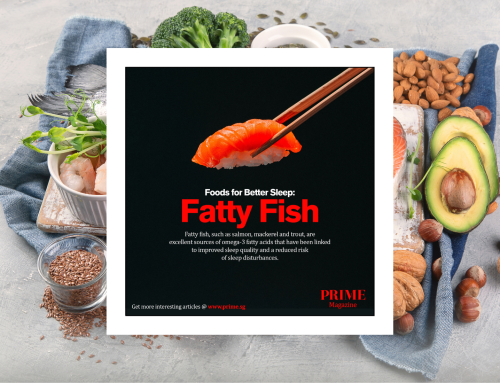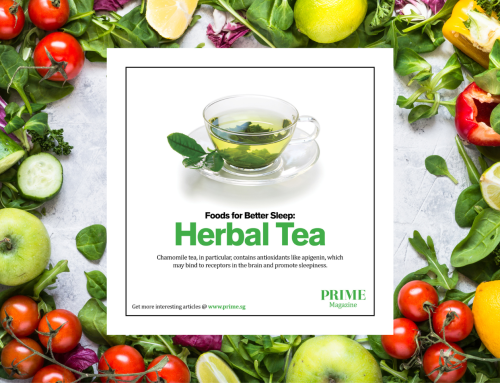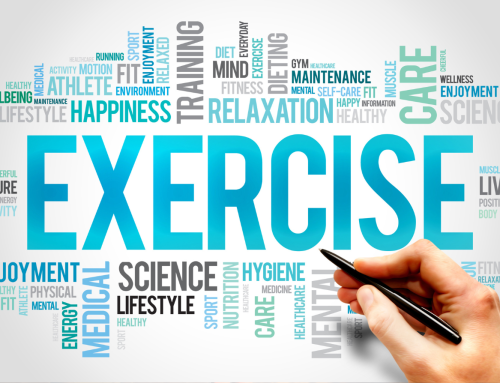Fortifying Your Blood with the Right Foods
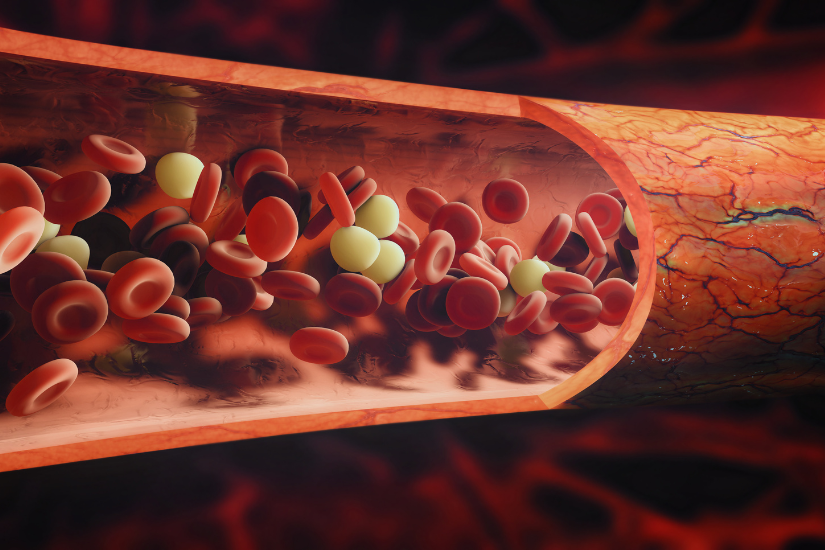
Typically, our body produces 3 types of blood cells. They are red blood cells to carry oxygen throughout our body, white blood cells to fight infections, and platelets to help our blood clot. Our blood has many different functions. These include:
- Transporting oxygen and nutrients to our body tissues and organs;
- Removing carbon dioxide from our cells;
- Carrying white blood cells and antibodies to fight infections;
- Forming blood clots to prevent excess blood loss when there is physical injury;
- Transporting hormones secreted by our endocrine system to targeted tissues and organs;
- Bringing waste products to our kidneys and liver, which filter and clean our blood; and
- Regulating body temperature by dilation or constriction of blood vessels
Red blood cells contain haemoglobin. It is an iron-rich protein that gives blood its red pigmentation. Haemoglobin enables red blood cells to carry oxygen from our lungs to all parts of our body, and to carry carbon dioxide from other parts of our body to our lungs for exhalation.
Anaemia

Anaemia is a condition where our body lacks healthy red blood cells to carry adequate oxygen to our body’s cells. If you have anaemia, you might experience symptoms like:
- Fatigue
- Weakness Pale/yellowish skin
- Cold hands and feet
- Dizziness
- Shortness of breath
- Chest pain
- Irregular heartbeats
Most anaemias are caused by a lack of nutrients required for normal red blood cell production, principally iron, folate and vitamin B12. This lack of nutrients may be the result of certain conditions, such as bleeding, genetic disorders (Thalassemia), intestinal disorders (Crohn’s disease and Celiac disease), chronic diseases (cancer, kidney disease and diabetes), heavy menstruation, pregnancy, and the taking of certain medications that decrease iron absorption or utilisation.
You will need adequate iron, folate, vitamin B12, copper, zinc and vitamin A from your diet to ensure normal production of red blood cells. Let’s take a closer look at these important nutrients and where we can get them.
Iron
There are 2 types of iron, namely heme and non-heme iron. The form of iron in the diet affects the absorption. Heme iron (about 15% absorption rate) is present in Meat, Fish and Poultry (MFP). It is more easily absorbed by our body than non-heme iron. Non-heme iron (absorption rate varies between 3-8%) can be found in MFP as well as in eggs, grains, vegetables and fruits. Non-heme iron absorption can be enhanced by the presence of vitamin C and MFP.
There are a number of factors that hinder the absorption of iron:
- Carbonates, oxalates, phosphates and phytates (unleavened bread, unrefined cereals and soybeans) that bind iron
- Tannins, found in tea, coffee, chocolate and red wine, reduce iron absorption by 50%
- Phosvitin (in egg yolk) causes poor iron absorption
- Vegetable fibre may inhibit non-heme iron absorption
- Minerals such as calcium, manganese and zinc

To maximise iron absorption and prevent iron deficiency anaemia, you can:
- Include iron-rich foods in your diet
- Include vitamin C rich foods like fruits and vegetables at every meal
- Include heme iron rich foods like MFP at every meal
- Avoid drinking large amounts of tea or coffee during meals or have it at least 1 hour apart from your meals
- Do not take iron supplements within 1 hour before or 2 hours after taking supplements containing calcium, manganese or zinc
The best source of dietary iron is liver. However, this food is also high in cholesterol. You may consider other iron-rich foods such as seafood, lean meat, fish and poultry. Dried beans, legumes, nuts and dark green leafy vegetables are the best plant sources of dietary iron. Some other foods that provide iron include egg yolks, dried fruits, wholegrains, iron enriched breads and cereals.
The general recommendations of iron intake for healthy people are:
- Women (18-60 years old): 18mg iron per day
- Women (pregnant/lactating): 27mg iron per day during pregnancy; 9mg iron per day during first 6 months of lactation
- Men (18 years old and above): 8mg iron per day Older women (60 years and above): 8mg iron per day
Folate
Besides iron, folate is another nutrient that is essential for the formation of red and white blood cells in the bone marrow as well as the formation of heme. Folate is a water-soluble B vitamin that presents in foods of plant and animal origin, including vegetables (especially dark leafy vegetables), fruits and fruit juices, nuts, beans, peas, seafood, eggs, dairy products, meat, poultry, and wholegrains. Liver, spinach, asparagus, broccoli and Brussel sprouts are among the foods with the highest folate levels. The recommended daily folate intake is 400mcg for adult men and women. There is an increased need for pregnant (600mcg) and lactating (500mcg) women.
Vitamin B12
Vitamin B12 is needed to produce enough healthy red blood cells in the bone marrow. It is a water-soluble B vitamin that is bound to protein in food and must be released by enzymes in the stomach. Vitamin B12 is available only in animal foods, such as meat and dairy products, and yeast extracts, such as brewer’s yeast. Foods of plant origin contain the vitamin only through contamination or bacterial synthesis. However, fermented foods may not contain sufficient vitamin B12 to meet your needs. Those who are on vegan diet after 5-6 years typically have lower circulating vitamin B12 unless they supplement with vitamins.
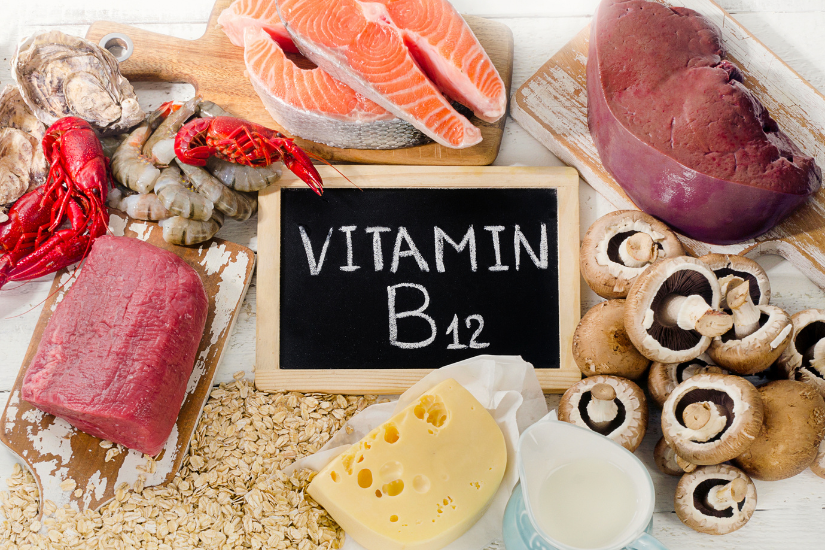
The richest sources of vitamin B12 are liver, seafood, fish, meat, milk, cheese and egg. The recommended daily intake of vitamin B12 for adult men and women is 2.4mcg. Pregnant and lactating women require 2.6mcg and 2.8mcg of vitamin B12 per day respectively.
Copper
Copper is essential for absorbing iron from the gut. Besides that, copper also helps to form haemoglobin which is needed to make red blood cells. Food rich in dietary copper include organ meats (liver and kidney), shellfish (oysters), nuts and seeds, wholegrains, legumes, and chocolate. A daily intake of 900mcg copper per day is recommended.
Zinc
Zinc is a required cofactor for an enzyme that synthesizes the heme portion of haemoglobin. Hence, deficiency in zinc can lead to anaemia. Seafood (oysters and crab), liver, red meat, poultry, fish, beans, nuts, wholegrains, fortified breakfast cereals and dairy products are rich sources of zinc. The recommended intake of zinc for men and women are 11mg/day and 8mg/day respectively.
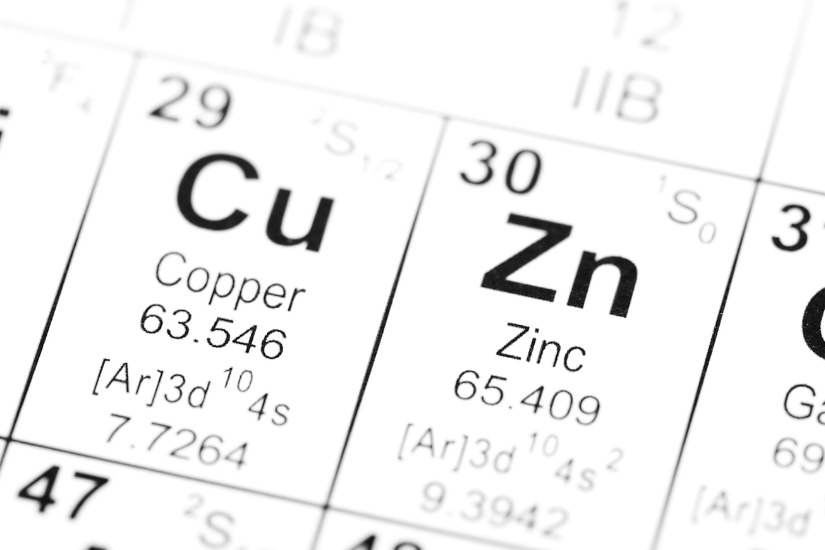
Vitamin A
Vitamin A is a fat-soluble vitamin required for normal development of precursor cells (stem cells) into red blood cells. The best sources of vitamin A are liver and fish oils. Other sources include milk, eggs, orange and yellow-coloured fruits and vegetables (carrot, sweet potato, pumpkin, cantaloupe, mango, etc.), green leafy vegetables (spinach and broccoli), and tomatoes. Men and women require 750mcg of vitamin A per day with higher requirement (1200mg) among lactating women.

Founder/Chief Dietitian Healthier U
Ms Wong is an accredited dietitian in Singapore. She is a member of Nutrition and Dietetics Association (SNDA) with 10 years of clinical experience working in both restructured and private hospitals. She has outstanding dietetic knowledge in specific clinical areas including weight management, diabetes, rehabilitation, cancer, kidney disease and digestive issues in adults. She founded Healthier U in July 2019 to empower people to take better and healthier diet and lifestyle choices for the rest of their lives so that they can live longer, fuller and happier lives.







